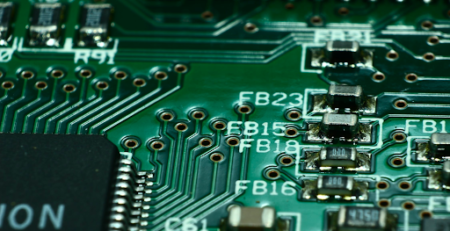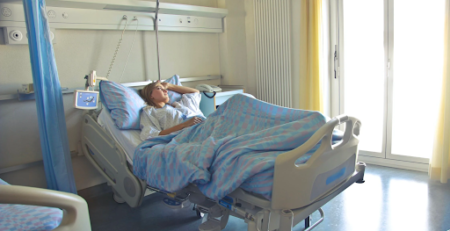A Comprehensive Guide To Fall Detection Alarms
At Indigo Care, we understand the importance of organic fall prevention strategies as a fundamental need for patients. With our Fall Alarm Detection devices, available in wired or wireless form, instant care is at the click of a button and a dedicated call through your nurse call system, giving peace of mind not only to family members, but also the dedicated staff and caregivers.
How do fall detection alarms work?
Whilst the name may be self-explanatory, the intrinsic functionality of fall detection alarms may not be as obvious. The device can come in many forms, however most function using either a sensor or push button.
Sensor-based devices detect periods of sudden acceleration or movement, with some even having additional sensors that detect heavy impact. When such unexpected motion is detected, an alert is sent out to a range of pre-selected contacts, including the device owner’s family and caregivers.
These devices can also be integrated with a facilities’ nurse call system, whether that be an aged care nursing home, a hospital or rehabilitation centre. An example is Indigo Care’s PIR, Passive Infrared Sensor. The Sensor, which can be wired or wireless, will detect movement and send a call to staff via the nurse call system.
Push-based fall detection devices can be directly wired like a nurse call bell pendant, or wireless like a Neck or Wrist Pendant. If the device’s owner is in distress having experienced a fall, they can push a clearly accessible button to call for aid. Push-button devices are most commonly used in nursing homes, where the resident’s nurse can be immediately alerted. These fall detection alarms can have a transmitting distance of up to 30 metres, and can be directly connected via a lead to a nurse call point or paired/programmed to a wireless receiver unit (RRU), which then enables compatibility with up to 5 wireless devices in the room.
Who does it help?
Falls are Australia’s leading cause of hospitalisation and death, with over 43% of hospital patients being there as a result of fall-related injuries. Fall detection alarms provide a sense of security for seniors susceptible to falls living alone, in aged care residences, those with disabilities, or patients recovering from surgery. Risk factors including age, muscle weakness and poor vision can increase the likelihood of falls.
Which device is best for me?
When evaluating which fall detection alarm is the best for you, consider these key factors.
- Risk factors: If you’re at risk of falling and live alone or are often unattended, investing in a fall detection device may be a good idea
- Range: Is your device needed within your room & ensuite, outdoors, or both?
- Design: Do you prefer wearing a device continuously, such as a pendant or watch, or would you rather a non-wearable device, such as a PIR Motion Sensor or a Doorway Sensor?
How Indigo Care can help?
Indigo Care has an extensive legacy of providing Australian-owned and manufactured solutions such as nurse call systems, fall devices and alarms.
We offer a range of fall detection solutions some of which include:
- Wireless wrist pendant: a water resistant device that can be worn around the wrist or neck. The device’s owner can press the silicon help button to call for help with a transmitting distance of up to 30 metres.
- Floor sensor mat: Available as either Wired or Wireless. If used as a wireless floor sensor mat, then the transmitter (RTU) will send a RF signal to the wireless receiver box (RRU), whenever a resident stands upon it.
- Bed sensor mat: Available as either Wired or Wireless. The sensor mat will immediately alert caregivers the instant a resident leaves their bed. This is particularly useful for those residents who are at risk of falling out of their bed.
To learn more about our range of fall detection devices, contact us today.








